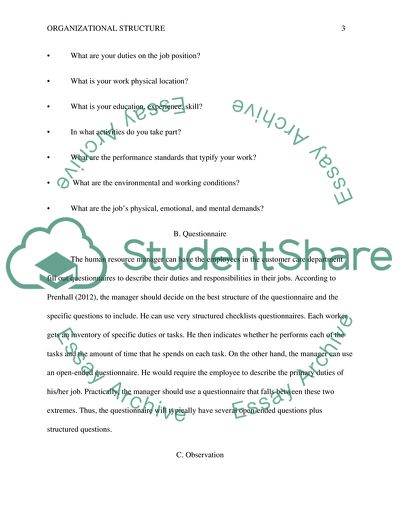Cite this document
(Organizational Structure Assignment Example | Topics and Well Written Essays - 1750 words, n.d.)
Organizational Structure Assignment Example | Topics and Well Written Essays - 1750 words. https://studentshare.org/human-resources/1859366-organizational-structure
Organizational Structure Assignment Example | Topics and Well Written Essays - 1750 words. https://studentshare.org/human-resources/1859366-organizational-structure
(Organizational Structure Assignment Example | Topics and Well Written Essays - 1750 Words)
Organizational Structure Assignment Example | Topics and Well Written Essays - 1750 Words. https://studentshare.org/human-resources/1859366-organizational-structure.
Organizational Structure Assignment Example | Topics and Well Written Essays - 1750 Words. https://studentshare.org/human-resources/1859366-organizational-structure.
“Organizational Structure Assignment Example | Topics and Well Written Essays - 1750 Words”. https://studentshare.org/human-resources/1859366-organizational-structure.


